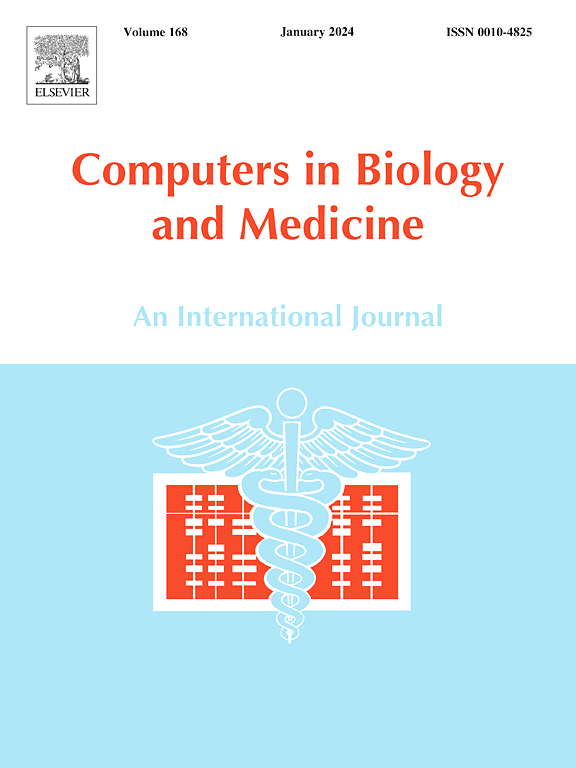A lightweight approach to gait abnormality detection for At Home health monitoring
IF 7
2区 医学
Q1 BIOLOGY
引用次数: 0
Abstract
Gait abnormality detection is a growing application in machine learning based health assessment due to its potential in domains from clinical health reviews to at home health monitoring. This latter application is of particular use for older adults, who are more likely to experience health issues that can be indicated by changes in gait, namely through fall-related injuries or age-related degenerative diseases like Parkinson's disease. While there exists a great deal of research concerning machine learning models for detecting everything from freezing-of-gait to falls, much of this work relies on clinical assessment settings and large models with extensive data, making many developments unusable in at-home applications where such technology could be used to great benefit in maintaining the independence and health of older adults. To address this gap in the literature, we introduce a new 15-person synthetic gait abnormality dataset named WeightGait and a lightweight ST-GCN model to demonstrate the feasibility of smaller models with lower computational costs in detecting gait abnormalities in an environment more analogous to the conditions found in an at-home setting. For the task of identifying gait abnormalities in the WeightGait dataset, this method achieves 94.4 % accuracy, an improvement of between 4.9 % and 15.41 % on comparable gait assessment methods.

求助全文
约1分钟内获得全文
求助全文
来源期刊

Computers in biology and medicine
工程技术-工程:生物医学
CiteScore
11.70
自引率
10.40%
发文量
1086
审稿时长
74 days
期刊介绍:
Computers in Biology and Medicine is an international forum for sharing groundbreaking advancements in the use of computers in bioscience and medicine. This journal serves as a medium for communicating essential research, instruction, ideas, and information regarding the rapidly evolving field of computer applications in these domains. By encouraging the exchange of knowledge, we aim to facilitate progress and innovation in the utilization of computers in biology and medicine.
 求助内容:
求助内容: 应助结果提醒方式:
应助结果提醒方式:


